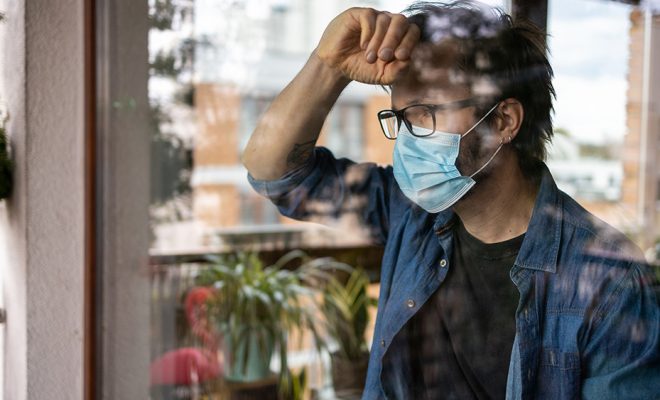America can beat coronavirus without lockdowns by studying South Korea’s “successful approach”

The year is drawing to a close and while America was in lockdown for most of 2020, there doesn’t seem to be any major improvements in how the country is handling the coronavirus (COVID-19) pandemic.
However, in South Korea, citizens retain mostly normal routines without the need for lockdowns. Experts suggest that instead of enforcing lockdowns, the U.S. should learn from South Korea to deal with the pandemic more effectively.
South Korea’s COVID-19 response isn’t perfect, but it’s effective
Early in 2020, Park Young Joon, the director for epidemiological investigations at the Korea Disease Control and Prevention Agency (KDCA), was concerned that South Korea would lose the battle against coronavirus. He was dispatched to Daegu, a city with a population of 2.5 million in the south because of “an urgent situation.”
Experts have recorded several COVID-19 cases among members of the Shincheonji Church of Jesus, an obscure and secretive religious group with services that include close physical contact. The first congregant tested positive on Feb. 17 and was known as South Korea’s 31st COVID-19 patient.
In the days that followed, the number of new daily cases was in double digits. When it reached triple digits, health experts realized that “an exponential outbreak was in progress.”
At the time, public-health officials treated each case individually. Contact tracers gathered detailed histories of a patient’s recent whereabouts while others were screened.
However, many of the churchgoers and family members that tested positive didn’t have obvious links with earlier cases. To stop the infection, Park thought that drastic measures must be enforced, like quarantining everyone who entered the nine-story building housing Shincheonji’s Daegu operations.
The measure needed to be mandatory and it would be enforced on at least 9,000 people, regardless of where they were in the building or if they’d interacted with a known carrier. Those who tested positive would have their contacts screened, these people would then have their own contacts screened. Contact tracing would go on until the chain stopped.
While this particular strategy was expensive, it was a very effective one. The quarantine was in effect four days after the first Shincheonji diagnosis.
By mid-March, the Daegu outbreak was under control. South Korea’s response to the Shincheonji infections established the template for what is now being considered one of the world’s most effective efforts to contain the virus.
For most of 2020, South Korea kept infections within a manageable figure of about several hundred or fewer new cases a day. While the country didn’t totally eliminate coronavirus cases, it kept cases low enough that authorities could cope.
For at least three occasions, South Korea contained “dangerously fast-moving outbreaks” with “aggressive testing, high-tech contact tracing and mandatory isolation.” All of this without any lockdowns, a strategy President Moon Jae-in rejected early on in the pandemic because it would affect livelihoods and social bonds.
By September the Organization for Economic Cooperation and Development suggested that the Korean economy will contract by only one percent in 2020, which was relatively low compared with an average decline of 4.1 percent across the Group of 20 nations.
While unemployment is at least four percent higher than before the virus, the figure is still below the levels in other major economies.
And even if most of Asia has handled the pandemic well, South Korea gives the most convincing example for nations that want to limit death and disablement before a safe vaccine is developed. According to U.S. President-elect Joe Biden, the wait for the vaccine could mean over 250,000 American fatalities.
South Korea has also proven that attempting “a strategy of outright viral elimination” would be impossible for the rest of the world.









